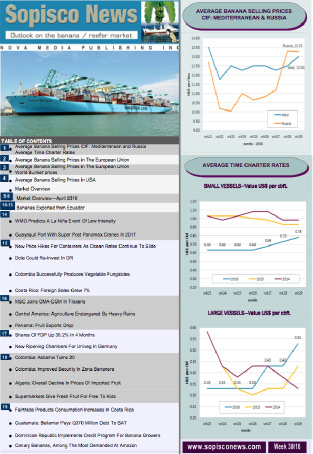Transforming Banana Breeding in East Africa
2024-03-29

IITA-CGIAR and six national agricultural research centres have signed the Mchare and Matooke Regional Target Product Profiles. This agreement aims to enhance banana breeding and its impact in East Africa, serving smallholder farmers and their families more effectively. The deal was signed during the recent East Africa Banana Network Meeting in Kampala, Uganda, to jointly develop and test new banana hybrids in the highlands of Eastern Africa, following standardized breeding and testing procedures.
The country banana research signed the agreement leads from Burundi, the Democratic Republic of Congo, Kenya, Rwanda, Uganda, and Tanzania. These countries account for about 40% of banana production in Africa. The signing of this agreement marks the establishment and launch of the East African Banana Breeding Network, which aims to accelerate the delivery of improved banana varieties in the region. IITA Banana Crop Lead Rony Swennen highlighted the significance of the network. He noted that traditional banana breeding processes are time-consuming and costly.
The network can expedite breeding and testing, focusing on meeting specific country needs rather than solely relying on what breeders can offer. As a result, farmers will benefit more quickly from the new varieties. Just as the breeding of all RTB crops - banana, cassava, potato, sweet potato, and yam - is being tackled together instead of on an individual crop basis through the Bill & Melinda Gates Foundation-funded project, RTB Breeding, it is essential and practical for NARS to also work together despite the different countries and realities they represent. This approach ensures all benefit from shared learning and intellectual cross-pollination.
The network aims to streamline the breeding process by sharing breeding data collected by a few breeders. This collaborative effort will focus on product profile and market segmentation, product design, on-farm testing, product registration, and product launch in their respective countries.
During the meeting, participants defined the network's main activities and members' responsibilities. All country representatives had the opportunity to contribute to this critical discussion.









